
Image Created with Canva and my own photos
Let's take a look at something everyone is doing and can do these days:
Shooting with your Phone
For many even the only way to take pictures, because not everyone has a different camera. Since the emergence of smartphones with increasingly better cameras, the development and production of cheaper compact cameras has come under considerable pressure. Manufacturers prefer to focus on the development of super zooms and the development of mirrorless cameras with interchangeable lenses. But not everyone has the money or the will to buy those kinds of cameras.
A phone is within reach, a phone is easy to grab, you need a phone for basic things these days. An example of this is: Managing your bank account. In the Netherlands, for example, you need a phone with the so-called Digid app for many official things. (Digital ID confirmation). And there are many more examples that make it necessary to own a smartphone.
And then it comes, because if you have to have such a smartphone, what is the point of carrying a separate camera with you? Except, of course, for the pure photographer, who will always see the advantage of a mirrorless with interchangeable lenses, or the slightly older DSLR. Then you have the group of super zoom fans, which is something you can't achieve with a phone ... But the 'simple' compact camera, the point & shoot, has come under pressure now that the quality of phone cameras is becoming increasingly starting to get better.
Still, phone cameras do have their limitations. So let's take a look at some of the biggest pros and cons of shooting with your phone.
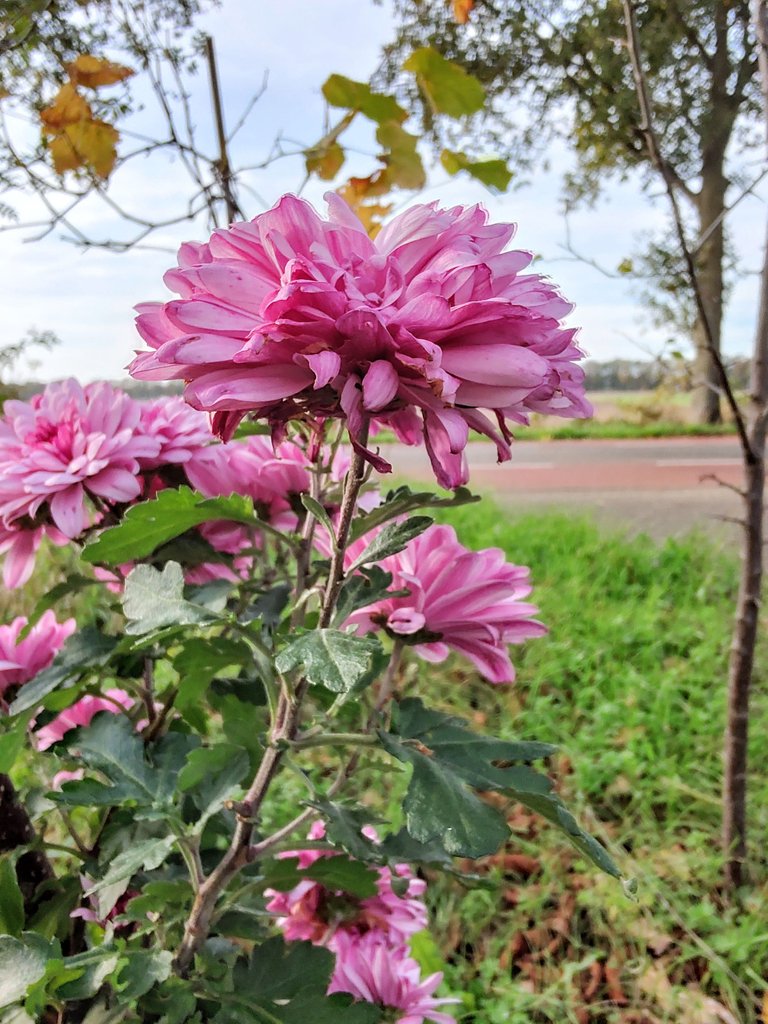
Advantages:
Portability: One of the biggest advantages of shooting with a phone is that you always have your phone with you. So you don't need to bring anything special. No lugging an extra camera and bags full of lenses on your back. You usually take your phone with you for accessibility, but that also has the advantage that you always have it at hand to capture that one special spontaneous moment wherever and whenever it occurs.
Accessibility: Who doesn't have a smartphone these days? I can't think of anyone who would fall into this category. Because everyone has a phone, photography is suddenly accessible to everyone. Whether or not you have a budget for a separate camera, there is a phone for everyone. And that brings photography within everyone's reach. This makes a phone a great way to learn the basics of photography and develop your creativity these days.
Simple Operation: Phone cameras are becoming more sophisticated, but they remain and are generally very easy to operate. Ideal for beginners as it is easy to understand. What else do you want? Easy and fast taking pictures, and the possibility to adjust some basic settings. Although this simple action can also be a disadvantage later because you don't have full control over your settings.
Fast and instant sharing options: Almost everyone has internet on their phone, via WiFi or the mobile network, but the internet is on it. What could be easier and more fun than sharing it with the whole world right after taking a photo?
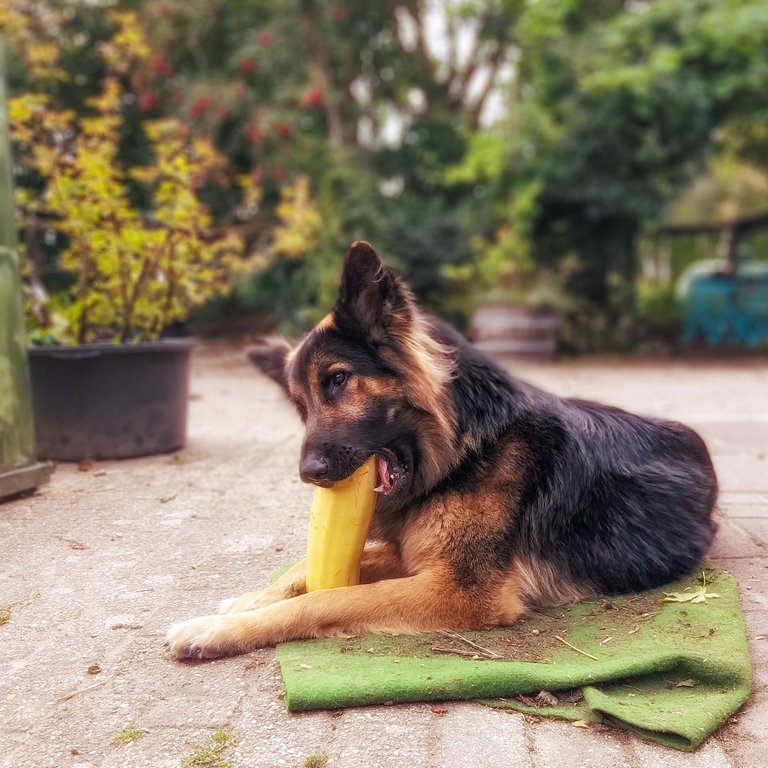
Cons:
Limited image quality: Phone cameras are getting better and better. That's a fact. But the phone camera sensor just can't compare to the sensor in any other camera. The sensor in a phone camera is much smaller, and that entails limitations. You'll be able to capture less detail in your photos, and you're more likely to experience noise, especially if the lighting conditions aren't ideal. However, don't let this stop you from experimenting because as mentioned, phone cameras are getting better and better. Development is going fast.
Limited manual controls: The manual settings on a phone are often very limited compared to "real" cameras. And while this can be an advantage if you have not yet mastered shooting, it is seen as a major disadvantage for photographers who do want full control over their settings. Although there are also apps for this that offer you more options. More about this in a later blog!
Ergonomics: Well, the phones are getting bigger, but they don't offer a hand grip like a camera does. Shooting with a phone can be tricky at times because a phone in general just isn't as easy to hold as a camera. This can certainly affect photos, which you will of course see again.
Limited optical zoom: Phones often have multiple cameras these days. And some of them offer an optical zoom that doubles as a telephoto lens. Of course, this cannot be compared to what a DSLR or mirrorless can do with a telephoto lens. Not to mention the super zooms that offer an unprecedented telephoto range. You will never find that in a phone.
Spoiler alert: There are special lens sets for sale for phones with a telephoto lens. This can be interesting, but still doesn't offer the same possibilities

Make the best of the situation
As you can see, there are both advantages and disadvantages. But of course this can be said for everything. DSLR cameras and mirrorless cameras also have their advantages and disadvantages. And as always, a choice will have to be made, and compromises often have to be made. Or as we say in the Netherlands ... Rowing with the oars you have, which means as much as. Accept your situation and make the best of it with the resources you have available.
Now you have chosen, (or no other option), to have your phone as your only camera. What are the most important things to keep an eye on so that you still get the best results with this phone?
The thing that should really be at the top of the list of tips and tricks is just a really simple one, but one that you have to dig into your phone to find out. Understand the capabilities and limitations of your specific phone camera and learn how to make the most of it.
While the general principles of photography apply with any camera, settings and features may vary between different phone models and brands. And this is not visible to me from a distance, you have your phone at your disposal. Dive in, and get to know the settings and functions. Try to understand the technology behind it so that you can understand what your phone's camera is doing when you change a setting.
Not every phone camera can be set up the same, but most modern phones offer some degree of adjustability. It's important to explore your phone's camera settings and understand what options are available.
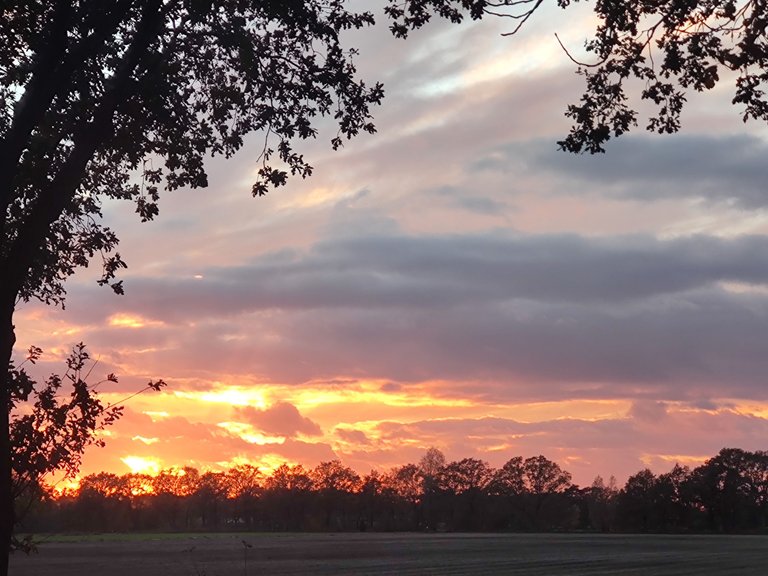
Here are some tips on how to best set up your phone camera for optimal results:
Check the resolution and aspect ratio: In your camera settings you will find the option to set the resolution and aspect ratio. Always set the resolution to the highest possible. The aspect ratio depends on what you want, but 4:3 and 16:9 are somewhat the standard. My preference is 4:3.
Keep HDR enabled: HDR (High Dynamic Range) is a magic trick to help you capture photos with both very dark and very bright areas. This is often sooner than you might think. HDR helps you with this because it generally just delivers more contrast-rich photos. The phone quickly takes multiple exposures that are combined so that both dark and light are captured, and ultimately more contrast in the photo.
Adjust the exposure: you often have the option on your phone to adjust the exposure manually. And what many people don't know is that you do this through the screen. You tap the desired focus point, and a bar appears in your image. By dragging up or down, you can now adjust the exposure, which you can immediately check on the screen. A very handy option in situations with a high contrast or if you want to achieve something different than what your phone does by default.
Use the right white balance: White balance is an important part in every photo. It makes the difference of the colors. Although auto white balance does its job reasonably well for many situations, it is not entirely unwise to experiment with it for more accuracy, or for creative purposes.
Take advantage of the different modes and settings: and of course it remains important to discover all the possibilities of your phone. Look at your phone's different camera modes and settings. This can include panorama, portrait, night mode, macro and pro mode, among others. Play with them and discover how they can help achieve specific effects and results.
Something your phone can't change!
Don't forget the basics of composition! Regardless of which camera you are using, whether it is your phone or a DSLR / mirrorless, understanding the basics of composition is essential.
Applying the rule of thirds, paying attention to balance, lines and negative space makes or breaks your photo. I
It's important to experiment and practice with your phone camera to discover which settings and techniques work best for your particular model. Take the time to explore your phone's capabilities and learn how to use it to its full potential to get the best results.
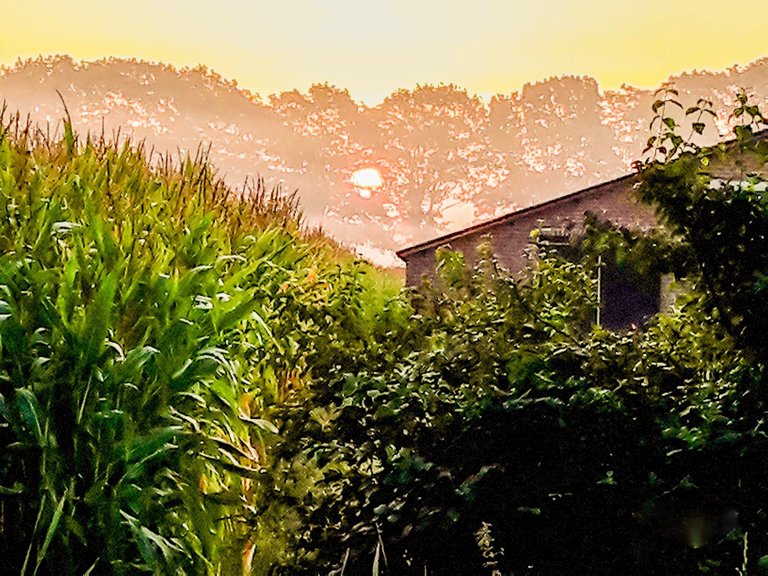
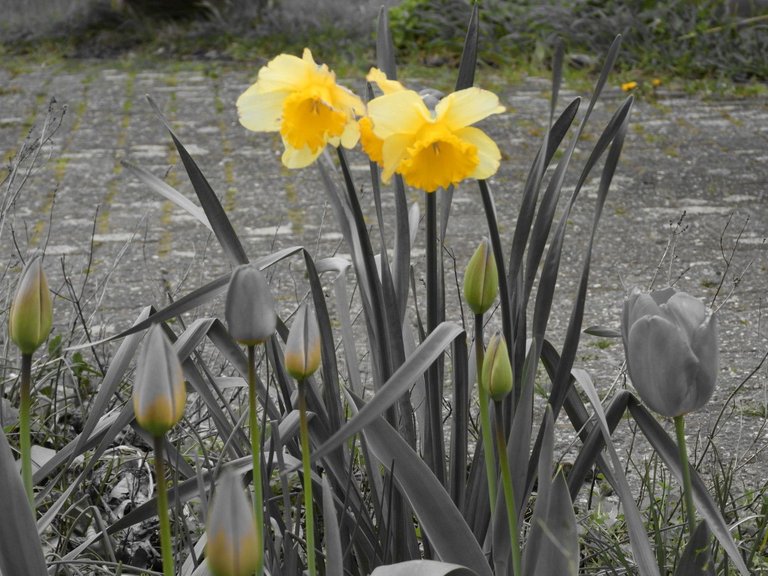
View or trade
BEER.Hey @hetty-rowan, here is a little bit of
BEERfrom @pixresteemer for you. Enjoy it!Learn how to earn FREE BEER each day by staking your
BEER.